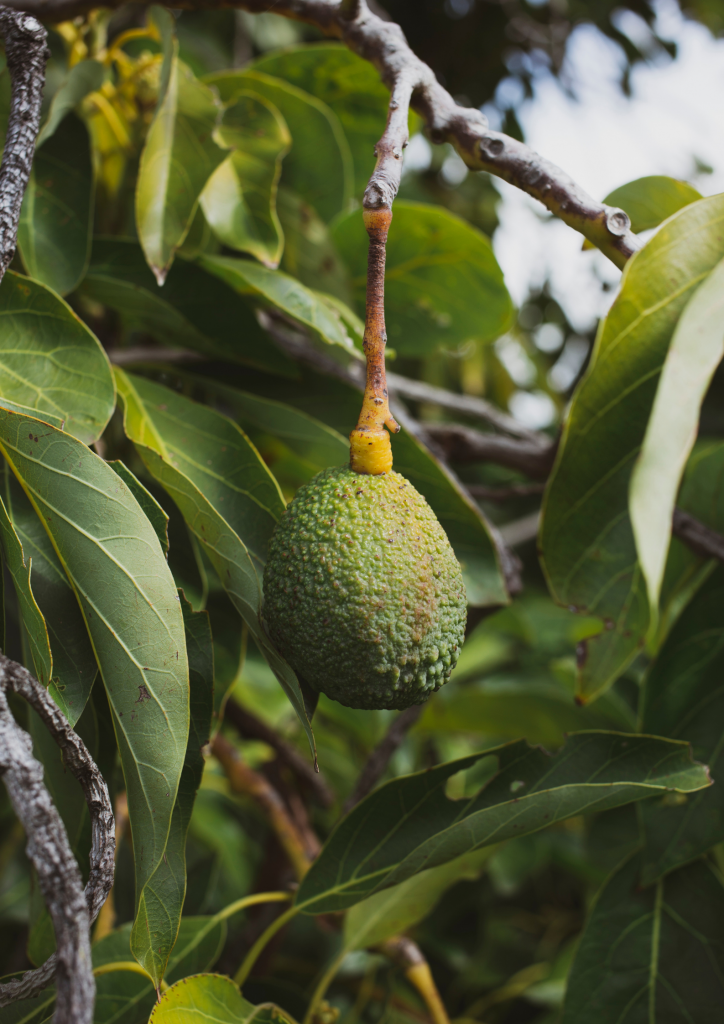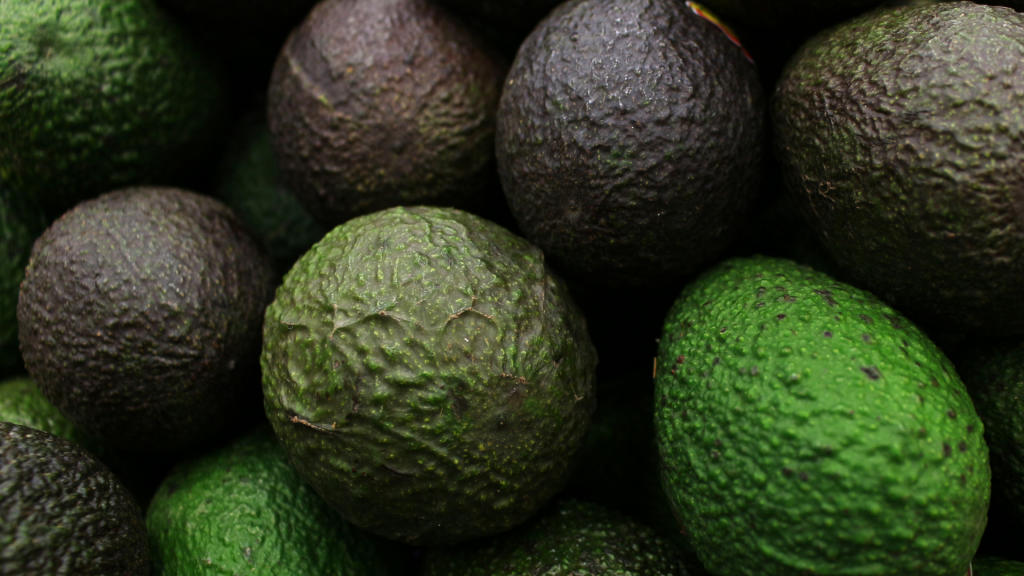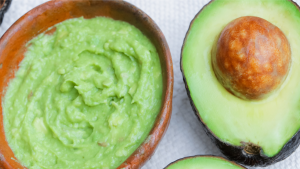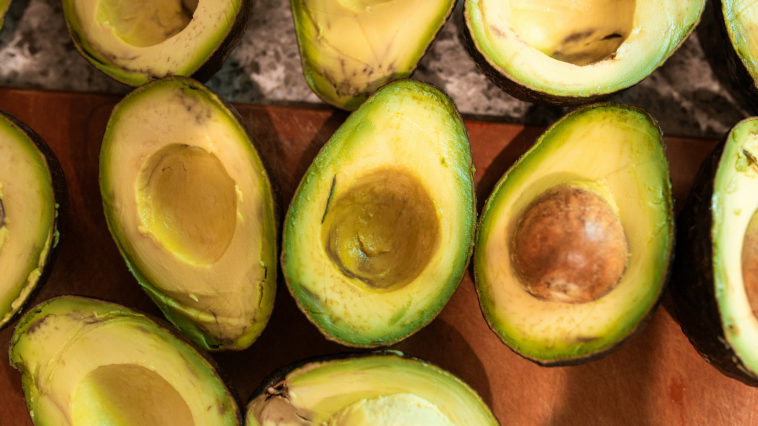Add value to your avos by making guacamole
The principle of any farming business is to grow or cultivate natural products in order to supply a demand set by the market. Many farmers do this with great success, but narrow profit margins have forced farmers to either produce higher volumes or process their own produce, thereby adding value to their product.
Guacamole is an excellent example of adding value to a variety of fresh products. Guacamole is a dish of mashed avocados, mixed with chopped onions, tomatoes, chilli peppers and seasoning.
Follow these steps to produce your own brand of guacamole and boost your profit.

Harvesting
Harvesting is the manual or mechanical removal of a food product from its natural source or parent plant. The fruit is harvested when the dry matter content of the fruit is 25% and the oil content is approximately 13%.
Separation
Separation involves the removal of freely assorting materials, discrimination by size, shape, specific gravity, composition, and texture. The fruits are spread on flat tables, where the sticks, stones, and any other foreign objects are removed.
Cleaning and washing
Cleaning removes undesirable elements, impurities, damaged and shrunken or broken fruit, and also involves the removal of material adhering to the surface of the fruit. The product is washed in water baths (large containers filled with potable water that must be regularly changed to minimise the chance of any contamination from spreading) or by immersion in agitated potable water baths.
Sorting and inspection
Sorting is done to select the best suitable raw materials for manufacturing the value-added end product. Inspection is employed to ensure that the products in-line adhere to the minimum predetermined quality attributes required for further processing and eventual end user. Inspection of the products is the most labour-intensive practice.
Any damaged or immature fruit must be removed. The quality of the product and adherence to pre-set quality standards (colour, shape, and size) must be controlled by careful inspection.

Ripening
The fruits are ripened to meet the demand for ripened fruit. The fruit is first cooled to 5 °C and then heated to 20 to 24 °C. Ethylene is added to the ripening rooms to start/initiate the ripening process for 2 to 6 days.
The ethylene is then replaced with air, the ripening rooms are closed and temperature and air circulation are controlled and maintained until the required degree of ripeness is achieved. The fruit is once again cooled to 5 °C. The skins of the avocados will change from green to black.
The ripening room should have sufficient air circulation to heat or cool the fruit according to requirements. The humidity in the ripening room must be between 79 and 95%.
Washing
Washing is the removal of soil, dirt, plant rests and any other unwanted deposits in food products using water. Prior to further processing, the fruits are washed with water containing 200 ppm hypochlorite just before entering the processing area. The processing area must be kept at a temperature of 12 to 14°C.
Cutting/chopping
The fruit is cut manually or by rotary blades in slices of 2 to 2,5 cm.

Removal of seeds and peels
The seeds are removed and discarded.
The pulp can be passed through a pulper-finisher which separates the peel from the pulp. The finisher consists of a horizontally mounted perforated cylinder fitted with rubber paddles on the inside. The pulp and peel are pumped into the cylinder and the brushes push the pulp through the cylinder. The pulp can also be taken from the peel manually.
The blending of additional ingredients
The pulp is mixed with other ingredients to achieve guacamole of uniform flavour. A ribbon blender consists of two or more thin narrow metal blades that form a helix that counter rotates in a trough.
Filling and sealing
The avocado puree is filled into suitable containers by injection fillers. A headspace (space between the product and the seal) is necessary. A vacuum may be applied or nitrogen flushing used to remove oxygen that would otherwise cause discolouring of the product. The containers are then sealed.
Freezing
Freezing is the removal of heat to bring the temperature down to the temperature of storage or below. Heat transfer takes place through mechanical refrigeration. The temperature during storage and transport must be kept at -18 °C (0°F).
The frozen product is edible in its entirety. Rapid freezing ensures a good quality product. The packaged puree is passed through a blast freezer operating at -29 °C to rapidly freeze the product. The frozen product is stored at -18 °C.
Storage
The storage life of frozen products is greater at lower storage temperatures. Recommended is -22 °C. Temperature fluctuations reduce the storage life due to a rapid build-up of water on the internal surface of the package, an accelerated growth of ice crystals in the product, and colour degradation.
Published with acknowledgement to the ARC Agricultural Engineering for the use of their manuals. Visit www.arc.agric.za for more information.









